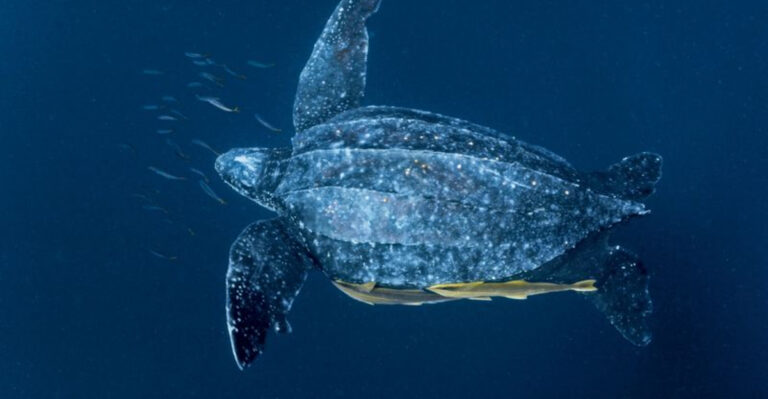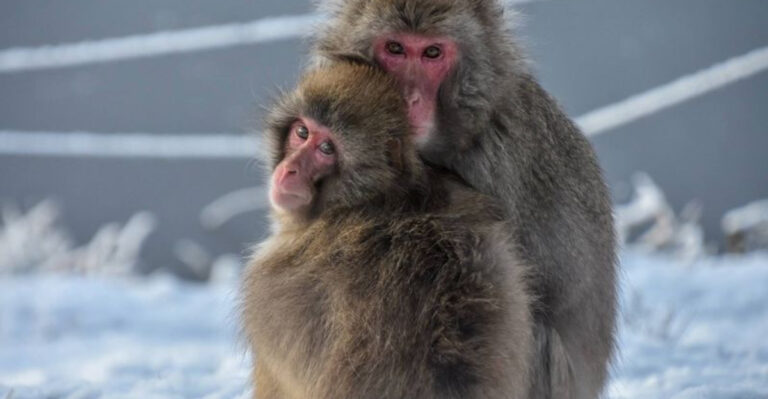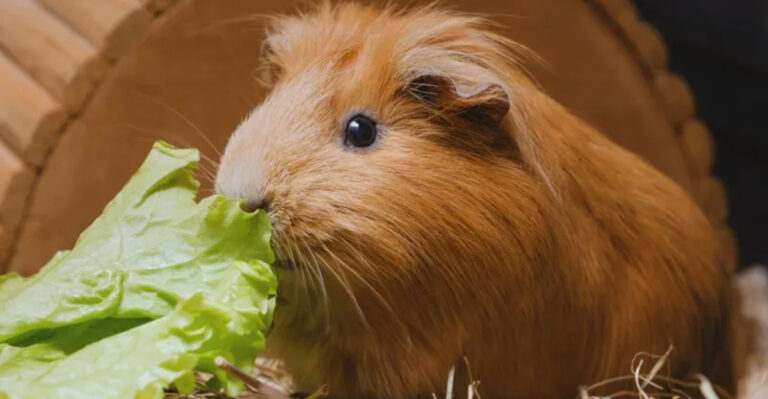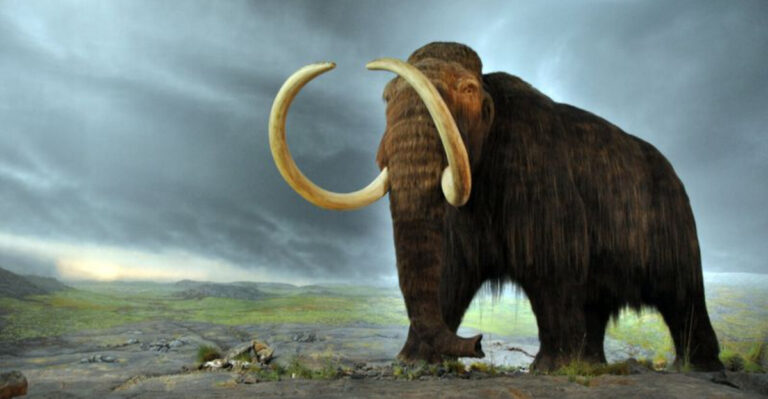The Role Of Big Cats In Controlling Prey Populations
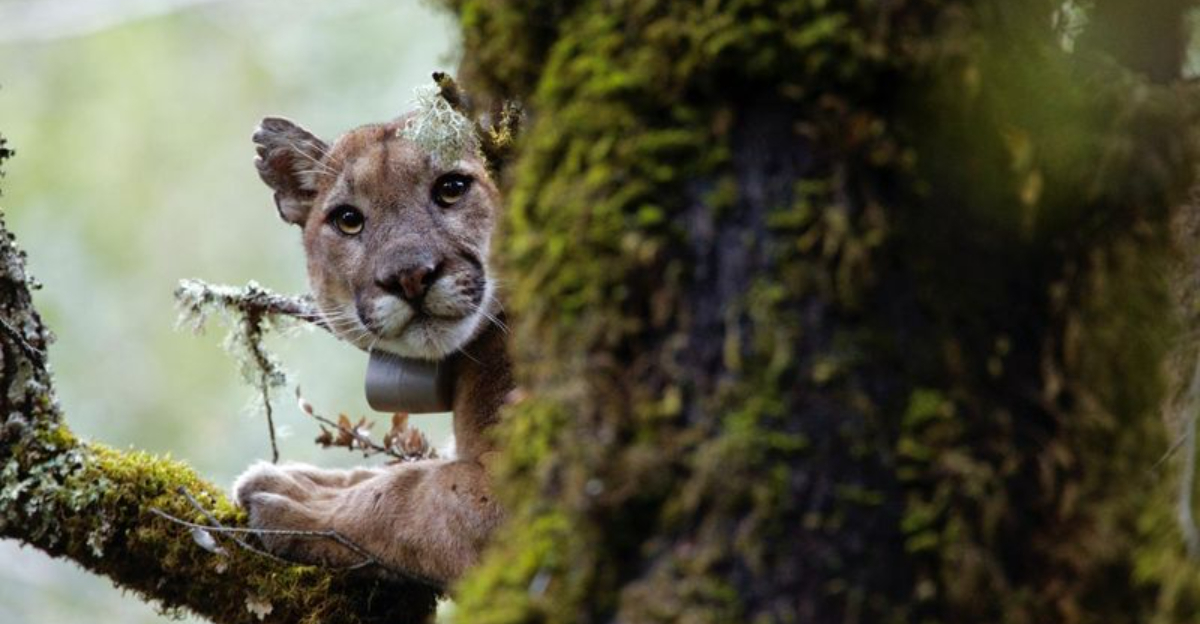
Ever wondered why lions, tigers, and leopards are so important in the wild? These magnificent predators do more than just hunt – they’re nature’s way of keeping everything in balance.
Big cats play crucial roles in controlling prey populations, which affects everything from forest growth to disease spread. Let’s explore how these powerful hunters shape entire ecosystems through their hunting habits.
1. Natural Population Regulators
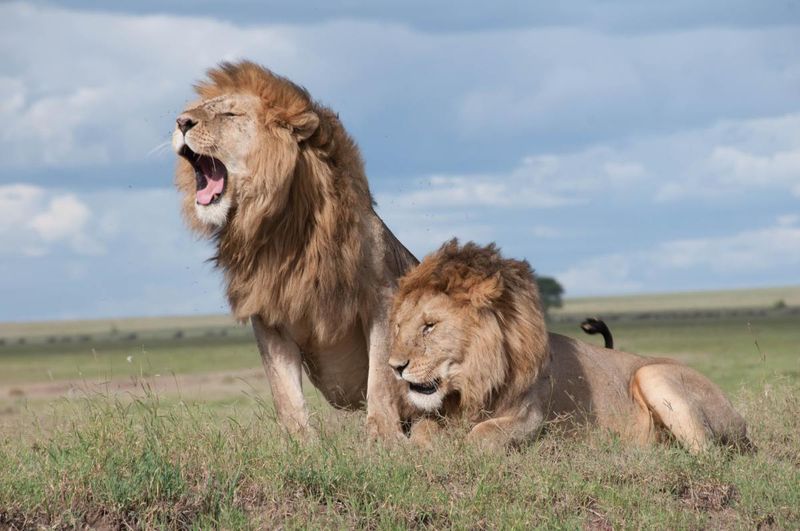
Without even trying, big cats keep prey numbers in check. They hunt just enough animals to maintain healthy population levels in the wild.
When prey animals grow too numerous, they can overeat plants and destroy habitats. Big cats prevent this by removing just the right number of individuals, acting like nature’s very own population control system.
2. Selective Hunters Of The Weak
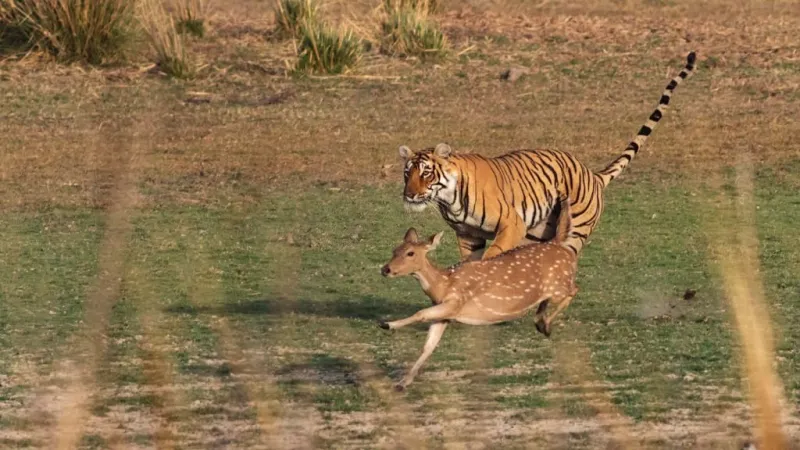
Mother Nature designed big cats as cleanup crews. They typically target animals that are old, sick, injured, or very young – the individuals least likely to survive long anyway.
This natural selection process helps keep prey herds stronger overall. By removing the weakest members, diseases spread less easily, and the strongest genes get passed on to the next generation.
3. Landscape Architects Through Fear
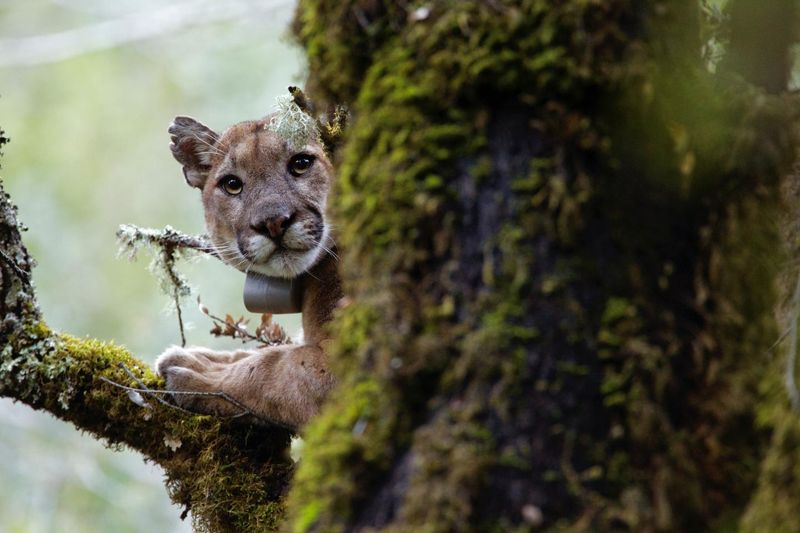
Fear can change how animals behave! When prey know predators are nearby, they avoid certain areas and change where they graze.
Scientists call this the “landscape of fear” effect. Prey animals might skip grazing in risky spots like river edges or dense bushes where ambush predators hide. This gives plants in those areas a chance to grow back, creating patches of different vegetation.
4. Nutrient Recyclers
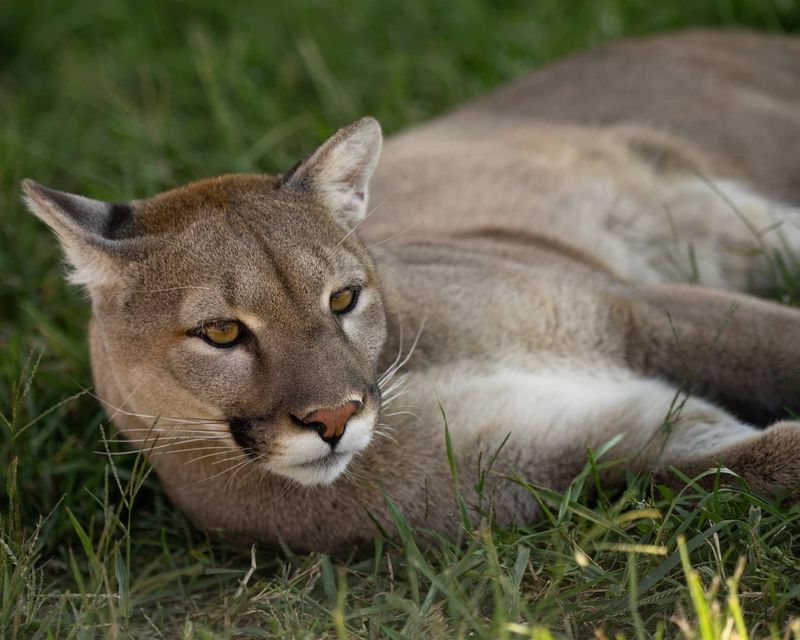
After a big cat finishes eating, their leftovers become a feast for others. Vultures, jackals, insects and many other creatures benefit from these remains.
This recycling spreads nutrients across the ecosystem. The bones, fur, and uneaten parts break down and enrich the soil. Plants then use these nutrients to grow, completing a natural cycle that supports the entire food web.
5. Disease Controllers
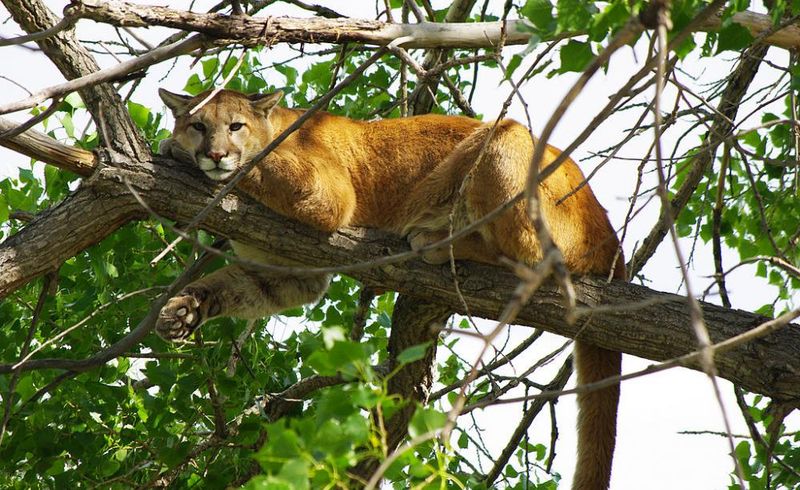
Sick animals often make easy targets for hungry big cats. This hunting preference helps stop diseases from spreading through entire herds.
When a mountain lion catches a deer showing signs of illness, it unknowingly removes a potential source of infection. This natural process works like a filter, keeping prey populations healthier by removing animals carrying diseases before they can infect others.
6. Behavior Shapers
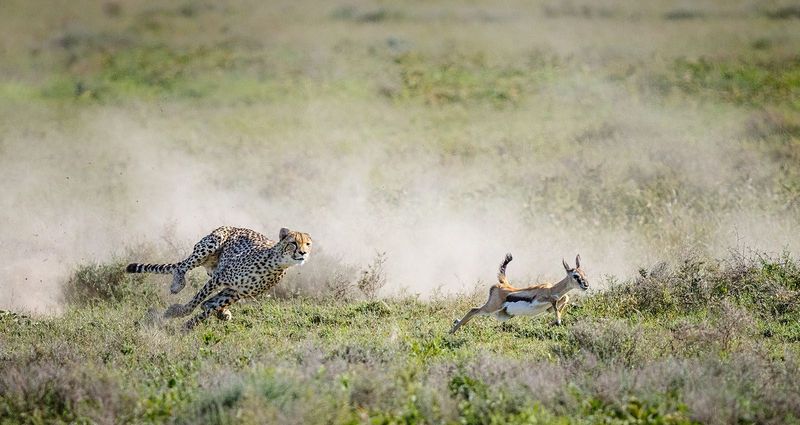
Prey animals develop amazing adaptations just to avoid being eaten! Over many generations, gazelles have evolved incredible speed and jumping abilities to escape cheetahs.
Wildebeest travel in massive herds for safety. Deer have developed keen senses and alarm calls. These survival strategies emerge directly from the pressure that big cats put on prey species, shaping their evolution and behaviors.
7. Ecosystem Engineers
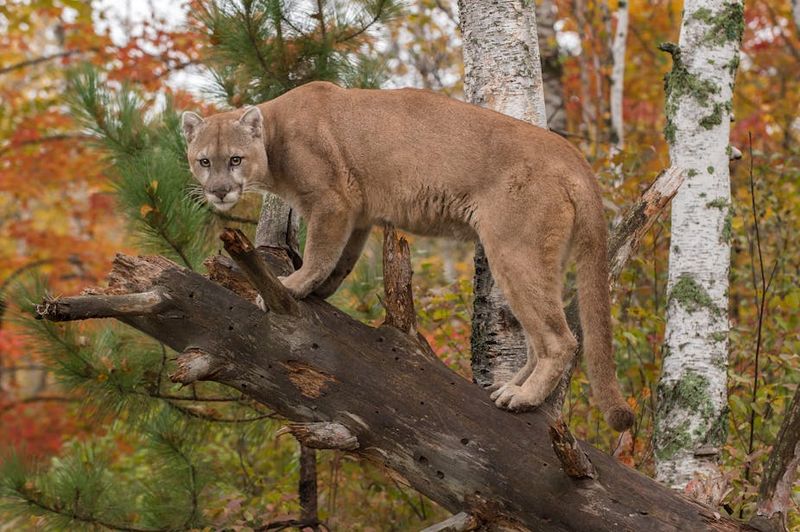
Amazing changes happen when big cats disappear from an area – and not in a good way! Studies show that removing top predators can cause prey numbers to explode.
Too many deer or elk can strip vegetation bare, causing erosion and habitat loss. Rivers might even change course without enough plants to hold soil in place. Big cats indirectly protect everything from trees to fish by keeping plant-eaters in check.
8. Migration Pattern Influencers
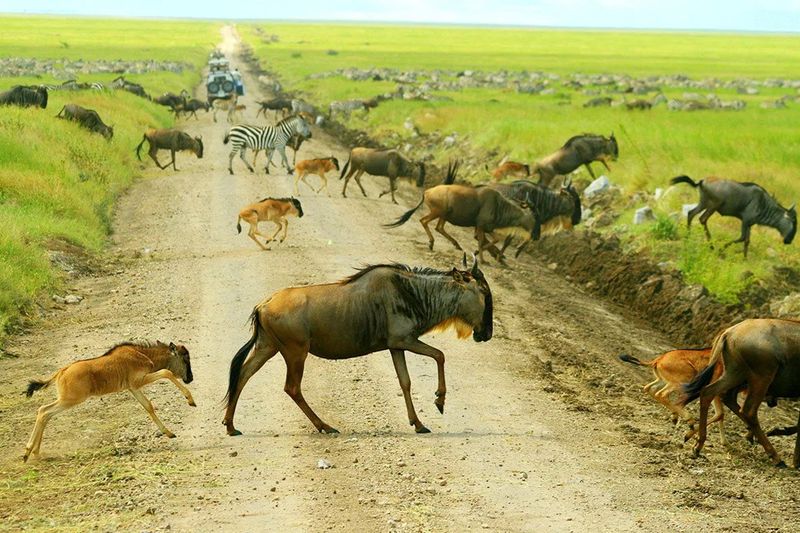
Herds on the move follow specific routes, and big cats help shape these pathways. Prey animals avoid areas with high predator activity, creating natural corridors through landscapes.
These movement patterns spread grazing pressure across wider areas. When zebras or wildebeest migrate across the Serengeti, they’re partially responding to where lions hunt, creating a dynamic dance between predator and prey that prevents overgrazing in any single location.
9. Mesopredator Suppressors
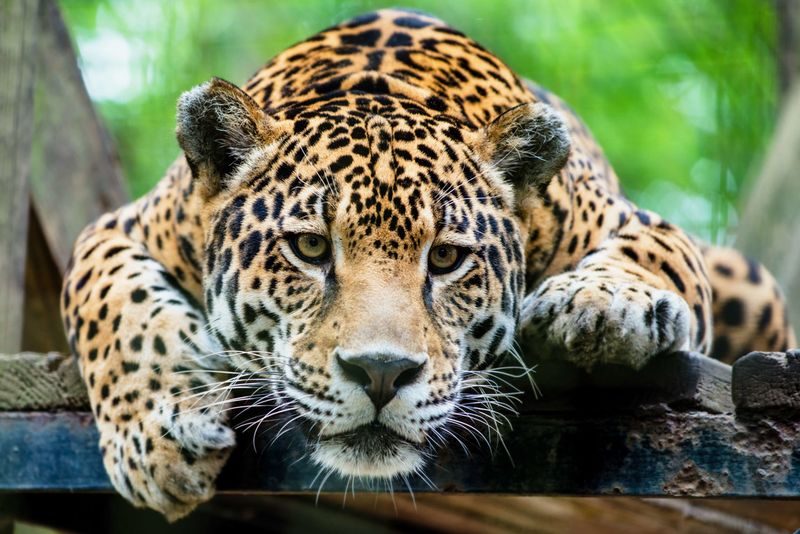
Big cats keep medium-sized hunters in line! When tigers or jaguars rule an area, they limit the numbers of smaller predators like foxes and raccoons.
Without this control, these middle-sized hunters (called mesopredators) can multiply too quickly and wipe out smaller animals like birds and rodents. It’s like having a sheriff in town – the big cats maintain order in the predator community and protect biodiversity.
10. Keystone Species In Food Webs
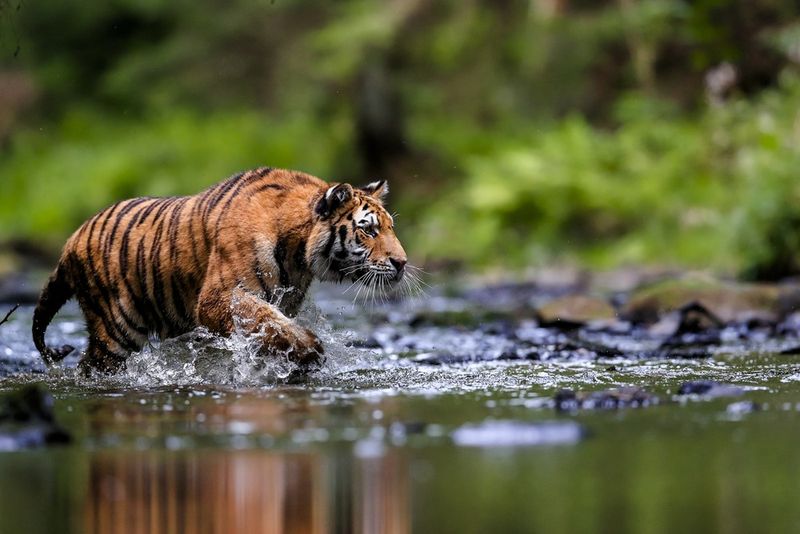
Scientists call big cats “keystone species” because they hold entire ecosystems together. Their influence extends far beyond just the animals they hunt.
Remove a keystone predator, and the whole system can collapse like a house of cards. From plants to insects to other mammals, countless species depend on the balancing effect that big cats provide, making these majestic hunters essential for healthy, diverse ecosystems.

